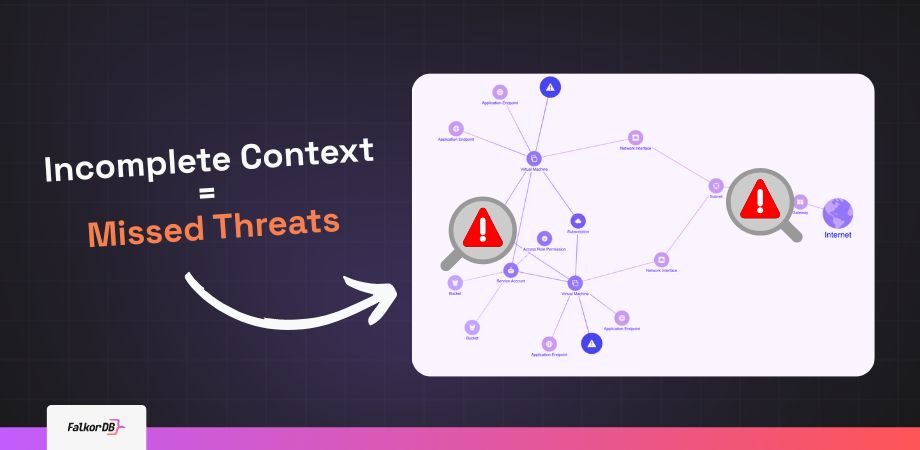TL;DR: Graph Storage for Security Data Architecture
- Performance gap you can’t ignore: Your multi-hop security queries are degrading exponentially with relational JOINs.
- Multi-tenancy without the headache: Run 10,000+ isolated tenant graphs in a single database instance with zero data commingling.
The Reality of Building Cloud Security at Scale
Cloud security teams face a fundamental data architecture problem. You’re correlating identity permissions, network topology, runtime signals, and vulnerability data across thousands of ephemeral workloads. Conventional relational approaches break down when you need sub-second response times for multi-hop security queries at scale.
Let’s examine why graph-based storage architectures solve core performance and scalability constraints in production security systems, and how you can implement these patterns in your current infrastructure.
1. Security Data Is Inherently Graph-Shaped
2. Rigid Schemas Don’t Work in Cyber
496× Faster Than Neo4j at Peak Load
These results represent aggregate traversal queries common in security analytics workloads. They confirm FalkorDB can deliver consistent low-latency performance under load across real-world graph workloads.
Source: Official Benchmarks
LATENCY
(Lower is Better)
Superior Latency: 496x faster
MEMORY USAGE
(Lower is Better)
6x Better performance, Lower overall costs
3. JOINs Kill Performance at Scale
4. Multi-Tenancy Without Isolation Breaks Trust
Linear Scale to 120,000 QPS+ Across Tenants
Clustered FalkorDB scales from 20k QPS (1 node) to 120k QPS (6 nodes) while spreading multi-graph workload across multiple nodes.
5. Memory and Compute Costs Spiral Out
6. Incomplete Context = Missed Threats
Why FalkorDB?
FalkorDB is purpose-built for real-time threat modeling, attack path analysis, and multi-tenant security workloads. Engineered to model complex, evolving relationships and deliver sub-millisecond query performance across billions of edges.
Ready to validate your worst-case query?
Run it locally, populate it with your real production data, and measure the latency yourself.
